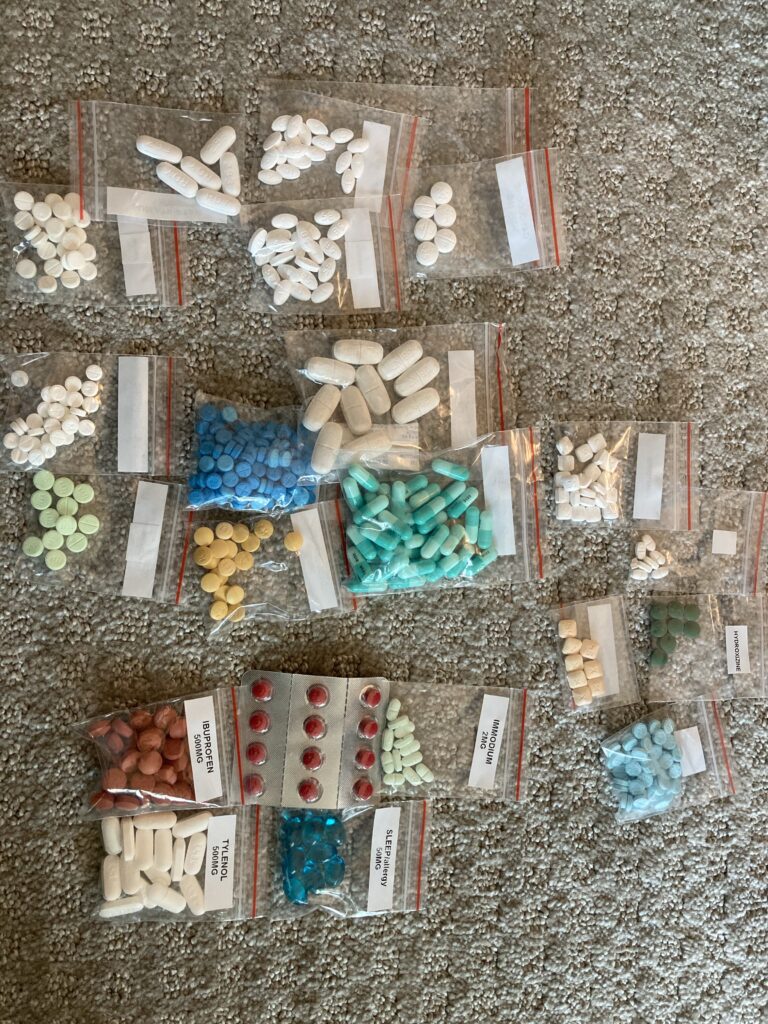Anytime a new conflagration breaks out in the culture war I worry. What if this is the time I finally get information poisoning? I’ll surf the discourse and try to wrap my head around the issue. If it’s just a minor flare up, an outbreak of zeitgeist, my rational antibodies react swiftly and I bounce back from any emotional reactivity without getting sick. But when it’s full blown infection of the entire body politic I am not so lucky. I will succumb just like the rest of the country.
To fight off cultural contagion it will take several days of inflammation. I’ll be hot, bothered and have muddled thinking. It will take all of my energy and focus to see through what is the immune response and what is the infection. And then only then can I begin to consider treatment to get back to an emotional baseline.
Yes I am absolutely torturing a metaphor here but I’ve dealt with several cultural infections over the last year and it’s been a mess. My natural immunity to poor information environment isn’t total. Raging partisans spewing talking points can infect anyone. I’m sick of being infected just because I read the news. No one can be expected to quarantine their entire lives from current events but it sure feels like the isolated forever crowd is winning when someone tells me “just don’t pay attention.”
I encourage you not to be a culture bore. A culture bore is someone who spreads culture war contamination. Sure you might not realize you are infected. But you can take sensible precautions and it makes the informational commons better for everyone
Don’t spread a malicious informational meme unless you are willing to let others get infected. Which you might be. You might be a partisan. I don’t know. That is your right. But then you’ve got to ask yourself if I am sharing some tidbit of bullshit am I doing so because I think it’s beneficial? Or am I an unwitting carrier of some viral nonsense?
Sure I get it. It sucks to consider that your meme hygiene might be bad! I’ve been there. I picked content up from some dive account that only retweets resistance grifters and regretted it later. I’ve liked some kooky tweet from an account who turns out to believe the January 6th insurrection was patriotic. We’ve all done it. But for the sake of everyone else enjoying the information commons and being decent citizens together try not to do it deliberately.

